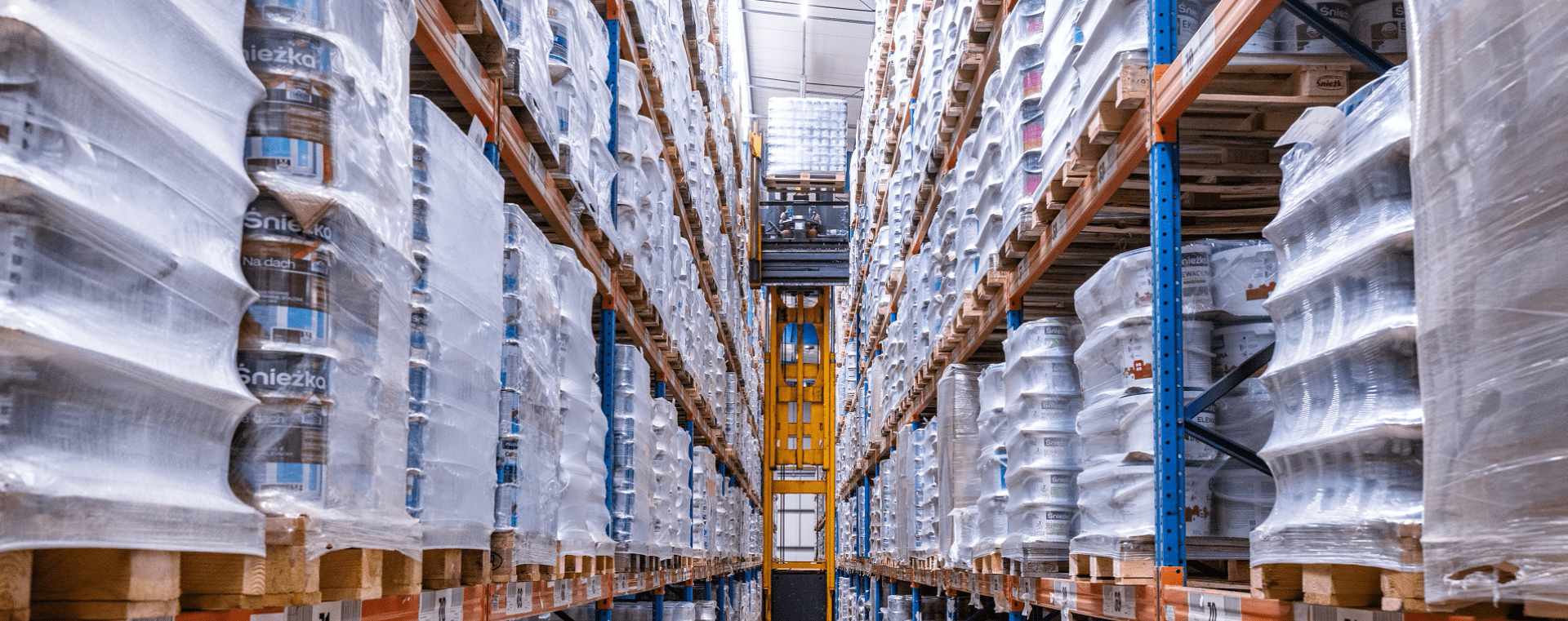
Śnieżka notices a throw-back to the trends from before the pandemic – summary of the first half of the year
After the renovation boom in May and June last year the demand for decorative paints and wood products has returned to pre-pandemic levels. The performance of the Śnieżka Group after the first half of 2021 is lower than the record-breaking one achieved a year earlier. Concurrently, its total sales revenues increased compared to the pre-pandemic 2019.
In the first half of 2021, the Śnieżka Group generated consolidated sales revenues of PLN 409.5 million, i.e. 5% lower than a year earlier, during the renovation boom related to the pandemic. In turn, compared to the H1 performance of 2019, the Group recorded a 24% increase in revenues – although its dynamics is also influenced by the fact that the financial statements presented the performance of the then acquired Hungarian company Poli-Farbe only from mid-May 2019.
This year’s performance of the Śnieżka Group was supported by maintaining a good level of sales in Poland, which during the period in question accounted for over two-thirds of total revenues. Revenues generated by the Group on the key market in the first six months of this year amounted to PLN 278.1 million – owing to marketing and sales activity, higher sales of premium brand products (Magnat paints and Vidaron wood products), as well as a properly shaped pricing policy. On the other hand, the revenues (in PLN) generated on other foreign markets were lower than in the previous year.
Sales revenues higher than before the pandemic
Following the return of consumer behaviour on the decorative products market to the pre-pandemic state, the performance of the Śnieżka Group in this year’s renovation and construction season should be assessed against the 2019 season.
If we look at the base sales revenues - i.e. without excluding the transactions made between the Group's companies and taking into account the performance of the Hungarian company Poli-Farbe for the entire half-year, and not only the period consolidated in the financial statements from mid-May 2019 - they are currently higher than two years ago.
In the 2021/2019 system, considering the above criteria, the Śnieżka Group performed better in terms of sales in Poland and Ukraine. The fact that customers from these markets opted for premium products had a positive effect, while the weakening of the Ukrainian hryvnia exchange rate, which had an impact on the value of revenues generated in Ukraine, converted into zlotys, was a negative factor.
On the contrary, sales in Hungary and Belarus dropped. As for the Hungarian market, this is the consequence of the reorganization of the sales force in Poli-Farbe, changes in the portfolio of offered goods and a sales decline of decorative products on the entire Hungarian market. The sales deterioration in Belarus was triggered by unfavourable social and political environment, a change in the operating model and the weakening of the Belarusian ruble against the zloty. Despite the fact that the contribution from the Belarus segment to the Group’s sales revenues in recent quarters has clearly decreased (to 2.1% at the end of H1), Śnieżka-BelPol, operating on that market, remains profitable.
Profits under pressure of raw material and packaging prices
In the first half of 2021, the Group generated a consolidated net profit of PLN 39.0 million, i.e. 25.6% lower than in the corresponding period of the previous year. The operating profit (EBIT) amounted to PLN 46.0 million (-28.3 y/y), EBITDA – PLN 63.5 million (-21.3% y/y), and the net profit attributable to the shareholders of the parent company – PLN 36.5 million (-23.7% y/y).
The decline in profits compared to 2020 is primarily the result of a high base – record-breaking sales in May and June last year. In the opinion of the Company, this was a one-off disruption of the long-term trend in end-customer behaviour, caused by the COVID-19 pandemic A significant price increase of raw materials used in the manufacture of paints and varnishes as well as packaging turned out to be a new, unobserved phenomenon earlier affecting profits and margins. In some cases, the cost increase was several dozen percent higher.
The first half of this year recorded also unfavourable exchange rates. The Group companies import raw materials for production, which are settled mainly in Euro. Therefore, the higher EUR/PLN exchange rate additionally increased the cost of purchasing raw materials.
